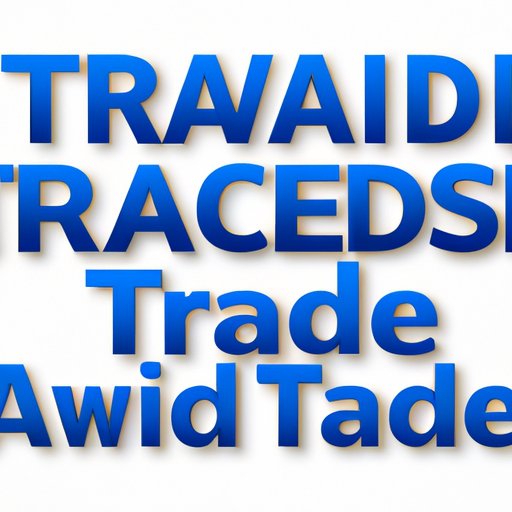
Introduction
Leasing a car can be a great option for those who want a new vehicle at a lower cost than buying, but what happens if your plans change before the lease term ends and you want to trade it in? Can you trade in a leased car? This article will explore the various options available for trading in a leased car, maximising its value, and alternative solutions beyond trading in.
The Pros and Cons of Trading in Your Leased Car: What You Need to Know
While trading in your leased car can be a great option, it’s essential to be aware of its advantages and disadvantages.
One significant benefit of trading in your leased car is the potential for positive equity. If your car is worth more than the remaining amount you owe, the dealer will subtract that from your new lease or purchase’s cost, reducing your overall expenses.
On the other hand, there can be significant drawbacks to trading in your leased car, particularly, you face penalties for early termination. These penalties vary depending on your leasing agreement.
In addition, the trade-in process itself can be challenging. You may need to negotiate the price with the dealer to ensure a fair deal, which can often be difficult. But, if done right, trading in can be a good option.
Maximizing the Value of Your Leased Car Trade-In
If you choose to trade in your leased car, you can take steps to maximize its value to get the best possible deal. One of the first steps is to obtain multiple appraisals from various dealers to compare your offers.
Another valuable technique when trading in your leased car is research on vehicle value. Consult reputable car pricing guides such as Kelley Blue Book or Edmunds, to have a better understanding of how to evaluate offers properly.
Finally, don’t forget the importance of negotiation to get a fair price. You don’t have to accept the first offer; if you have done your research and believe your trade-in is worth more than the initial offer, negotiate to find common ground.
Understanding Your Lease Agreement: How It Impacts Your Trade-In Options
Before considering trading in your leased car, it’s prudent to review your lease agreement. There are specific factors that can impact the trade-in options available to you later.
One of the most significant factors is mileage allowances. If you have exceeded your contracted miles, it will negatively impact the value of your trade-in, and you may be hit by penalties.
Another critical factor is early termination fees. If you’re looking to trade in your vehicle before the lease term has ended, you’ll likely have to pay penalties that can be substantial. Finally, lease agreements offer buyout options, which allows you to purchase your car at the end of the lease term instead of turning it in. If this is something you’re considering, make sure you understand the costs associated with it.
Is Trading In Your Leased Car the Right Choice for You?
The choice to trade in your leased car is not one to take lightly. Consider your financial situation: can you afford the payments on a new or used car? Another significant factor to consider is your future plans; if you anticipate needing a different type of vehicle soon, it may not be a wise choice to trade in your leased car. Review your current car’s condition, maintenance history, and general satisfaction with it; this can help determine if trading it in is a good decision.
Alternatives to Trading In Your Leased Car: Exploring Your Options
If you’re looking to terminate your lease early but do not want to trade in your vehicle, several alternatives are available to explore. For instance, subleasing allows you to assign your lease to someone else who is looking to take over your remaining payments and use the car themselves, which frees you from the contract without penalty.
Another option is to transfer the lease to another party. The advantage of this option is that you can find someone who wants to assume the lease’s responsibility and remove yourself from the agreement without any fees, penalties or issues.
If you like your leased car and intend to keep it, buying out the lease is another alternative. This means paying off the remaining balance, which reimburses the dealer for the car’s purchase price depreciation and interest expenses.
Finally, if you cannot terminate the lease without penalty, simply returning the car at the end of the term solves the problem, but you may pay extra for additional mileage, damages, and other fees specified in your lease agreement.
Conclusion
Leasing a car can provide a great low-cost alternative to buying one, but it comes with some drawbacks. As this article has explained, when it comes to trading in a leased car, several things need to be considered. Understanding your lease agreement, maximizing its trade-in value, and knowing whether trading in your leased vehicle is worthwhile requires research and careful thought. Alternatives to trading in a leased car exist for those who want to explore their options and want to avoid penalties. Ultimately, it’s up to you to decide if trading in is right for you and your situation.




